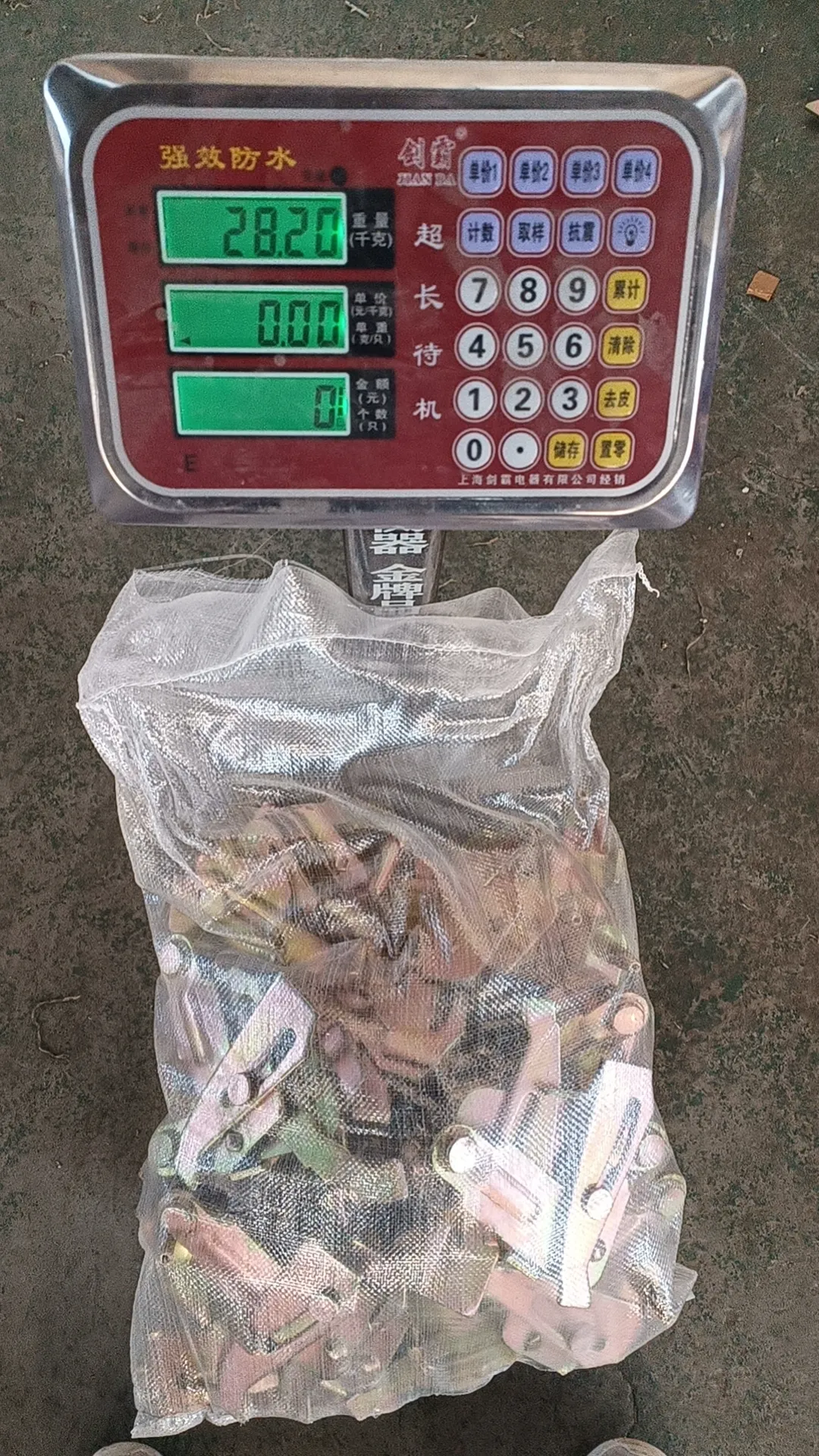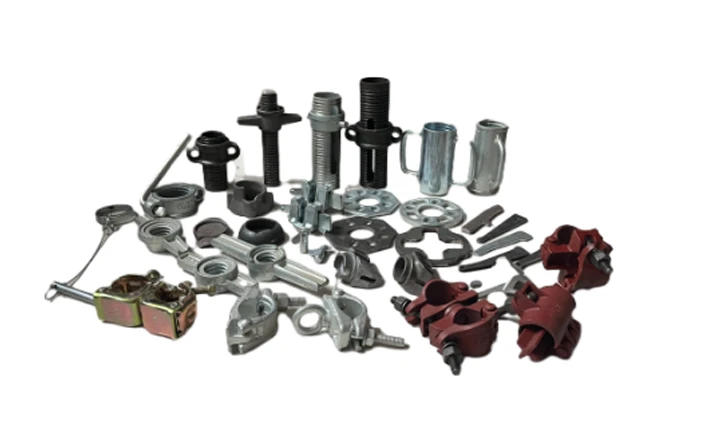- Phone: +86 132 8320 1810
- Email: annie@wrkgroup.ltd
-
- Afrikaans
- Albanian
- Amharic
- Arabic
- Armenian
- Azerbaijani
- Basque
- Belarusian
- Bengali
- Bosnian
- Bulgarian
- Catalan
- Cebuano
- China
- China (Taiwan)
- Corsican
- Croatian
- Czech
- Danish
- Dutch
- English
- Esperanto
- Estonian
- Finnish
- French
- Frisian
- Galician
- Georgian
- German
- Greek
- Gujarati
- Haitian Creole
- hausa
- hawaiian
- Hebrew
- Hindi
- Miao
- Indonesian
- Italian
- Japanese
- Javanese
- Malay
- Persian
- Portuguese
- Punjabi
- Russian
- Spanish
- Swahili
- Telugu
- Vietnamese
مه . 07, 2025 16:14 Back To List
Durable & Modular Formwork for In Situ Concrete Custom Solutions
- Understanding the Role of Modern Formwork Systems
- Technical Advantages Driving Efficiency
- Comparative Analysis of Leading Formwork Manufacturers
- Tailored Solutions for Diverse Project Needs
- Real-World Applications and Success Stories
- Sustainability in Formwork Design and Reuse
- Future-Proofing Construction with Adaptive Formwork

(formwork for in situ concrete)
Formwork for In Situ Concrete: Engineering Precision Meets Speed
Modern construction relies on formwork for in situ concrete
to achieve structural integrity while meeting tight deadlines. The global formwork market, valued at $6.8 billion in 2023, demonstrates a 4.9% CAGR as projects demand faster cycle times. Unlike temporary molds of the past, today's systems combine reusability, load-bearing precision, and rapid assembly – critical for handling concrete pours exceeding 150 kN/m².
Technical Advantages Driving Efficiency
Modular concrete formwork reduces installation labor by 40% compared to traditional timber systems, according to a 2023 CII study. Key innovations include:
- Aluminum-alloy frames with 500+ reuse cycles
- Integrated bracing systems tolerating ±1.5mm deflection
- Clip-on safety platforms meeting OSHA 1926.502 standards
These advancements enable 72-hour floor cycle times in high-rise construction, versus 10-14 days with conventional methods.
Comparative Analysis of Leading Manufacturers
| Vendor | Material | Max Load (kN/m²) | Reuse Cycles | Install Speed (m²/hr) |
|---|---|---|---|---|
| Doka | Steel-Composite | 85 | 450 | 18 |
| Peri | Aluminum | 75 | 600 | 22 |
| MEVA | Plastic-Coated | 65 | 300 | 15 |
| Ulma | Hybrid | 80 | 500 | 20 |
Tailored Solutions for Diverse Project Needs
Specialized applications require engineered adaptations:
- Tunnel Formwork: 12-hour stripping capability for repetitive structures
- Climbing Systems: 1.5m/day vertical progress in core wall construction
- Custom Geometries: 3D-printed connectors for complex facades
Real-World Applications and Success Stories
The reinforced concrete formwork used in Dubai's Burj Jumeirah achieved a record-breaking 3-day floor cycle. Key metrics:
- Total formwork area: 218,000 m²
- Average crew productivity: 2.3 m²/man-hour
- Concrete savings: 12% through precision alignment
Sustainability in Formwork Design and Reuse
Lifecycle analysis shows aluminum formwork generates 62% less waste than timber systems over 10 years. Leading contractors now achieve:
- 98% material recovery rate
- 73% reduction in site waste
- Carbon footprint of 1.2 kgCO₂/m² (vs 4.8 kg for disposable forms)
Future-Proofing Construction with Adaptive Formwork
As modular concrete formwork integrates IoT sensors, real-time deflection monitoring prevents 83% of potential concrete defects. The next-generation systems will feature:
- Auto-climbing mechanisms reducing manual handling
- Self-healing coatings extending service life
- AR-assisted assembly cutting training time by 60%

(formwork for in situ concrete)
FAQS on formwork for in situ concrete
Q: What is formwork for in situ concrete used for?
A: Formwork for in situ concrete provides a temporary mold to shape and support freshly poured concrete until it hardens, ensuring structural integrity and desired dimensions.
Q: How does reinforced concrete formwork differ from standard formwork?
A: Reinforced concrete formwork is designed to handle higher loads and stresses caused by steel reinforcement, offering enhanced durability and stability during concrete curing.
Q: What are the benefits of modular concrete formwork systems?
A: Modular concrete formwork allows for quick assembly, reusability, and adaptability to complex designs, reducing labor costs and project timelines.
Q: What factors influence the choice of formwork for in situ concrete projects?
A: Key factors include project scale, concrete load requirements, budget, and the need for reusability, with modular systems often preferred for repetitive structures.
Q: Are there safety considerations specific to reinforced concrete formwork?
A: Yes, reinforced concrete formwork must account for added weight from steel bars and ensure secure bracing to prevent collapse under high pressure during pouring.
Latest News
-
Premium Roofing Materials - AI-Optimized by GPT-4 TurboNewsAug.03,2025
-
Formwork for In Situ Concrete | AI-Optimized SolutionsNewsAug.02,2025
-
Premium Screw Jacks Scaffolding Systems - Efficient Height ControlNewsAug.01,2025
-
Durable Concrete Form Ties Enhanced with AI | Buy OnlineNewsJul.31,2025
-
High-Quality Roofing Materials for Durable Building SolutionsNewsJul.30,2025
-
High-Quality Scaffolding Pins for Sale – Durable & Secure Scaffold Toggle PinsNewsJul.30,2025











